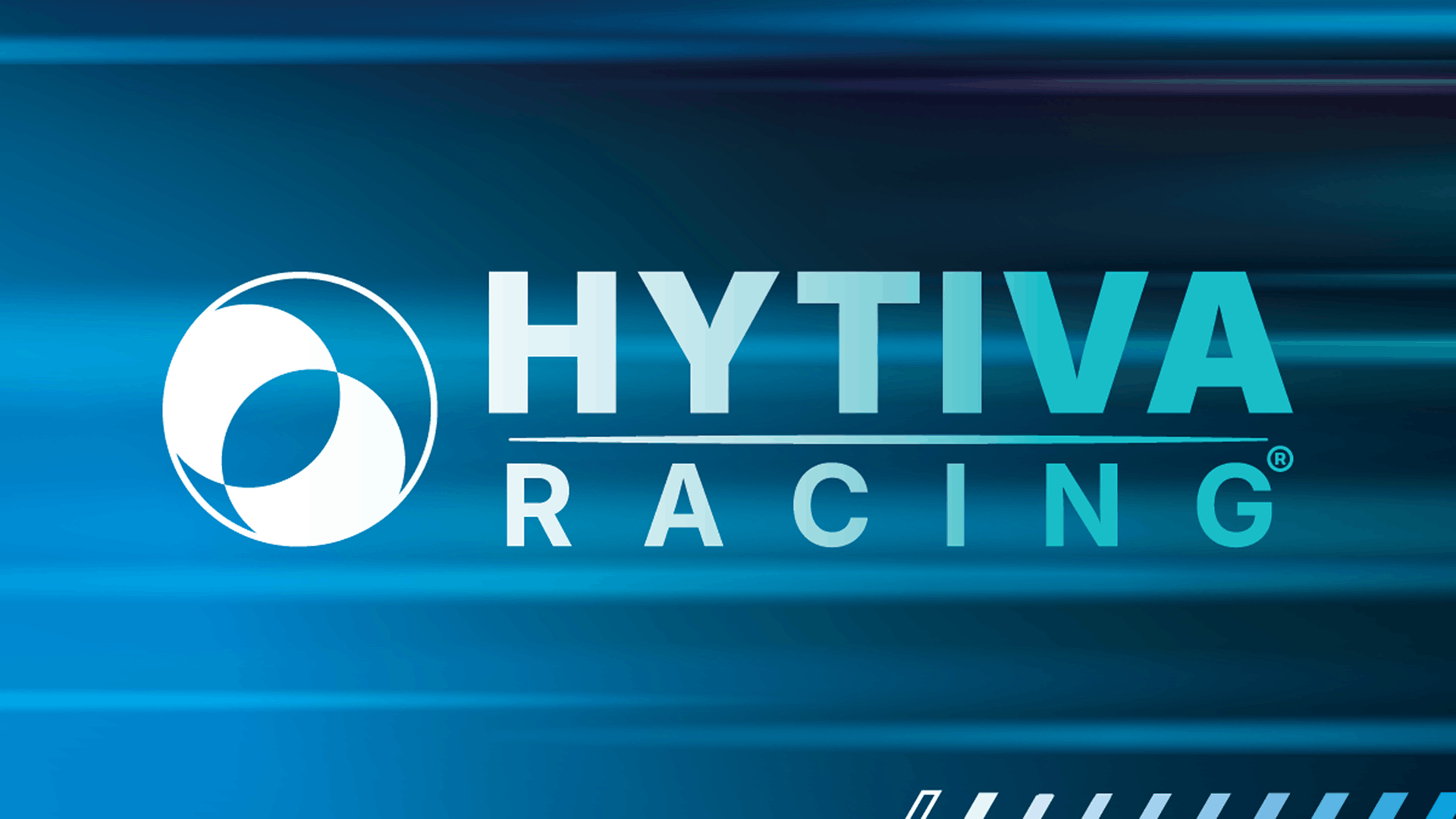
Mexico City Grand Prix
TracksWhere History Meets High Altitude: Exploring Mexico’s Premier Grand Prix Track
A Brief History
The Mexican Grand Prix first took place as a non-championship event in 1962 at the Magdalena Mixhuca circuit in Mexico City. It became part of the FIA Formula One World Championship in 1963, and through the late 1960s the event was often the season finale for F1. After a hiatus and rotation of circuits, the Grand Prix returned in modern form at the Autódromo Hermanos Rodríguez (Mexico City) in 2015, following a 23-year absence from the world championship calendar. Today the race is officially titled the Mexico City Grand Prix and is contracted to remain on the calendar through at least 2028.
The Venue & Track Specs
The Autódromo Hermanos Rodríguez circuit measures 4.304 km in length (2.674 miles), and the Grand Prix typically runs 71 laps to cover a total race distance of about 305.354 km. One defining characteristic: the circuit is located at very high altitude (above 2,200 m / 7,300 ft above sea level). This impacts engine performance (thin air reduces downforce and aerodynamic drag) and creates unique technical and strategic challenges for teams and drivers.
Recent Races & Highlights
In the 2023 Mexico City Grand Prix, the winner was Max Verstappen, driving for Red Bull Racing. The pole-position driver was Charles Leclerc (Ferrari) with a time of 1:17.166. Attendance surpassed 400,000 spectators for the weekend. In 2024, the race was held on 27 October. Pole went to Carlos Sainz Jr. (Ferrari) with a time of 1:15.946, and he also took the victory. The fastest lap was set by Charles Leclerc at 1:18.336. Attendance reached nearly 405,000.
Upcoming: the 2025 edition is scheduled for 26 October 2025 at the same venue as part of the 2025 Formula One World Championship season.
What Cars & Drivers Race Here
The Mexico City GP is part of the FIA Formula One World Championship. That means the cars are the current F1 specification machines: open-wheel single-seaters built to the FIA Formula One technical regulations for the season in question. Drivers compete for teams (constructors) licensed by the FIA and enter via contract with those teams. In short: to race in the Mexico City Grand Prix you must be a driver on a Formula One team entered into the championship, or serving as substitute or practice driver per FIA regulations.
Some driver and team highlights at Mexico: Max Verstappen has become the most successful driver at this circuit with five wins. The most successful constructor is Red Bull Racing with five wins there.
How & Where to Watch
The Mexico City Grand Prix, like other rounds of Formula One, is broadcast globally via the official F1 broadcast partners in each territory. It is available on TV, streaming platforms, and through F1’s own digital services (e.g., F1 TV). If you attend in person: the Autódromo Hermanos Rodríguez hosts a full race-weekend program, usually Friday (practice), Saturday (qualifying), Sunday (race). Tickets are available in grandstands, general admission, and hospitality packages. Public transport and tram/metrobús stations serve the venue in Mexico City.
Who Can Enter & Race
- Teams: Only FIA-licensed Formula One teams (constructors) entered into the F1 championship can field cars.
- Drivers: Must hold an FIA Super Licence (which requires experience/points) and be registered in the F1 entry list.
- For spectators: Ticket holders must abide by venue rules (no drones, certain prohibited items) set by the organizers.
Why It Matters
- The high-altitude setting makes Mexico City one of the most physically and technically demanding circuits on the calendar.
- The passionate Mexican crowd and stadium section (Foro Sol) provide vibrant atmosphere and visuals unique among GP venues.
- Because of its resurgent popularity, the Mexico Grand Prix ranks among the best-attended events in F1 each year.
- Many championship fights have been influenced here due to the unique challenges the circuit presents.
A True Spectacle
The Mexico City Grand Prix is a race of legacy, challenge and spectacle. From its 1960s origins to its modern renaissance in 2015 and beyond, it stands out for location, crowd energy and high-altitude complexity. Whether watching from home or track-side in the famed Foro Sol, it remains one of Formula One’s most vibrant and technically intriguing events.